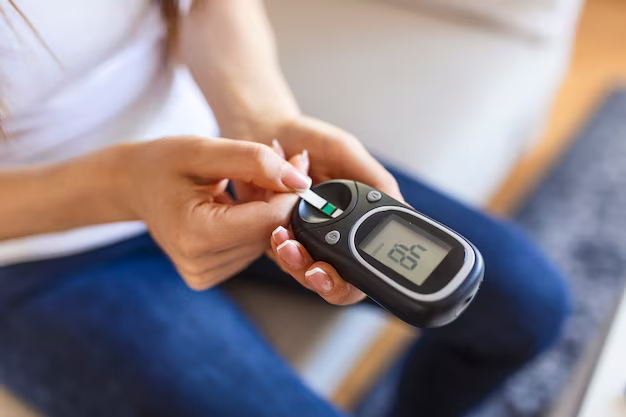How to Know if You Have Diabetes: Key Signs to Watch For
Diabetes, a chronic health condition that affects how your body turns food into energy, is often dubbed the "silent killer" due to its ability to advance undetected. Understanding the symptoms and risks can prevent complications by encouraging early diagnosis. So, how can you tell if you're diabetic?
Recognizing Symptoms of Diabetes
Frequent Urination and Thirst: One of the most noticeable early signs is increased thirst and urination. When excess glucose builds up in the blood, your kidneys respond by flushing it out through urine, which triggers dehydration and hence, more thirst.
Unexplained Weight Loss: Rapid and unintentional weight loss can occur as the body begins to burn muscle and fat for energy instead of glucose.
Fatigue: Feeling tired more often than usual is common since your body isn't efficiently turning glucose into energy.
Blurred Vision: High blood sugar causes the lenses of your eyes to swell, affecting your ability to see clearly.
Slow-Healing Sores or Frequent Infections: Diabetes can hinder the body's ability to heal and fight off infections due to impaired blood circulation and immune response.
Tingling or Numbness: Known as neuropathy, this sensation typically affects the feet and hands and can be a sign of nerve damage caused by diabetes.
Understanding Risk Factors
While symptoms provide crucial clues, knowing your risk factors can assist in preventative health measures:
- Having a family history of diabetes
- Being overweight or obese
- Leading a sedentary lifestyle
- Having high blood pressure or cholesterol levels
- Being 45 years or older
Getting Diagnosed
If you experience any of these symptoms or your risk factors suggest you're prone to diabetes, a doctor's consultation is advised. Tests like the fasting blood sugar test, A1C test, or glucose tolerance test provide clear insights into your blood sugar levels.
Financial Support for Managing Diabetes
Receiving a diabetes diagnosis can be daunting, not just health-wise but financially. Luckily, several programs can help alleviate some of the burdens.
Government Aid Programs: Medicaid and Medicare often cover diabetes education and supplies, which can significantly ease medical expenses.
Accessible Undiagnosed Assistance: The Affordable Care Act has expanded access to diabetes prevention programs. Understanding your eligibility can ensure you're properly equipped to handle potential costs.
Financial Assistance for Medication: Programs like the Partnership for Prescription Assistance can help you obtain or afford medications critical for diabetes management.
Credit Card Solutions: Some credit card companies offer health and wellness financing solutions, meaning more flexible payments for medical expenses.
Educational Grants and Scholarships: People with diabetes seeking education in health or science may qualify for specific scholarships. These provide financial assistance without the worry of repayment.
Being aware of symptoms, recognizing risk factors, and seeking timely medical intervention can significantly reduce the impact of diabetes on your life. Coupled with financial and educational resources, managing this condition can become a much more feasible endeavor.
Financial Aid Resources for Diabetes
- 🏥 Medicaid & Medicare: Covers diabetes education, supplies, and medication.
- 💊 Prescription Assistance: Programs to help obtain or afford medications.
- 💳 Healthcare Credit Solutions: Payment plans for managing medical expenses.
- 🎓 Educational Scholarships: Support for individuals with diabetes in higher education.
- 📑 Affordable Care Act: Access to preventive health programs to manage undiagnosed diabetes.
